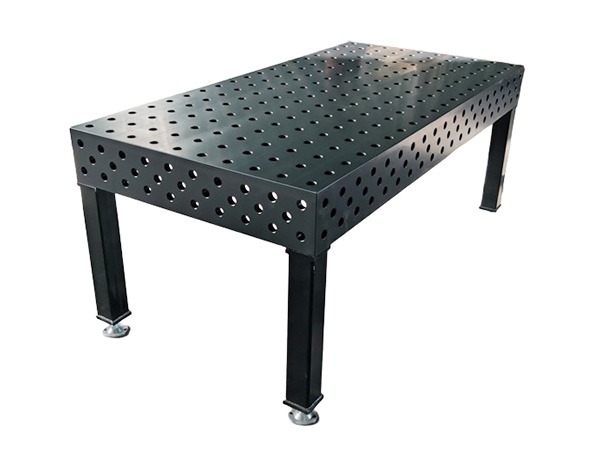The Integration of Welding Tables with Automation Technology: Future Trends in Welding
12/22/20242 min read


Understanding the Evolution of Welding Technology
Welding has always been the backbone of various industries, from construction to automotive manufacturing. As technology advances, traditional methods have begun to evolve, paving the way for innovative approaches that enhance productivity and safety. One of the most exciting developments in recent years is the integration of automation technology with welding tables. This blend is not just a trend; it signifies a pivotal shift in how welding processes are performed.
Benefits of Automated Welding Tables
Automated welding tables bring numerous benefits to the industry. They enhance precision and consistency, reducing the chances of human error. With automation, welders can enjoy a more ergonomic workspace, designed for ease of use. Additionally, automated systems often incorporate advanced features such as real-time monitoring and adjustment. This allows for a more streamlined workflow, meaning projects can be completed faster and with fewer resources.
Future Trends in Welding Automation
The future of welding automation looks promising. Emerging technologies such as artificial intelligence (AI) and the Internet of Things (IoT) are being integrated into welding tables, paving the way for smart welding solutions. Imagine a welding table that can self-adjust settings based on the material being used or the specific requirements of the project. Not only do these advancements improve efficiency, but they also foster a safer working environment.
Moreover, as the demand for custom solutions rises, automated welding tables are being designed to be more versatile. This adaptability means they can handle various tasks with ease, making them an invaluable asset for any manufacturing setup. As businesses continue to strive for customization and efficiency, the integration of welding tables with automation technology is likely to become the norm rather than the exception.
In conclusion, the integration of welding tables with automation technology is setting the stage for a profound transformation in the welding industry. By embracing these advancements, industries can achieve greater productivity, improved safety, and reliable quality. As we look toward the future, it’s clear that the synergy between welding and automation is not just a temporary trend but a fundamental shift that will shape the welding landscape for years to come.
Quality
Leading manufacturer of welding solutions since 2014.
Contact
Support
sales@xingtongweldingtable.com
+86-137-22775712
© 2024. All rights reserved.
